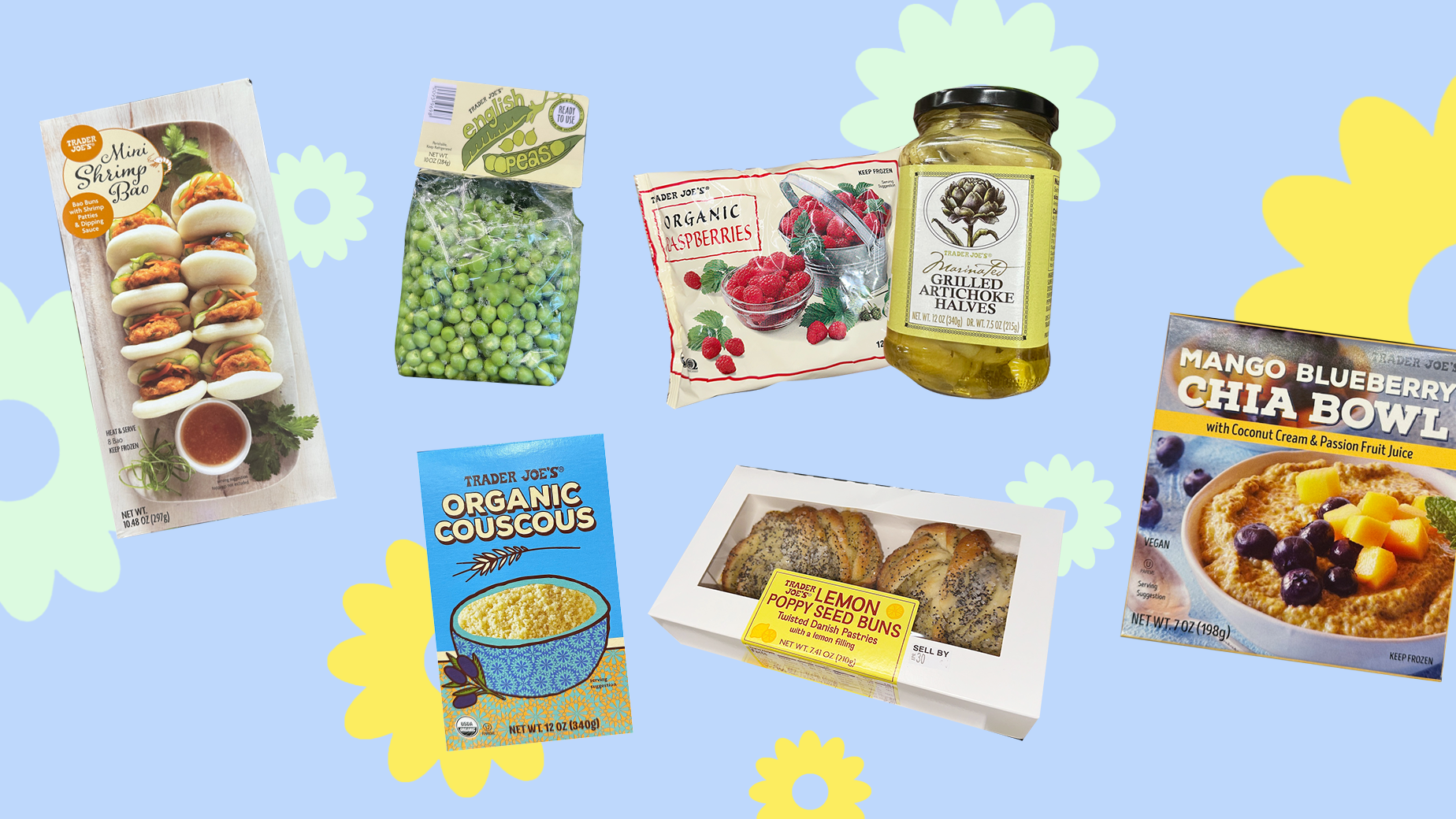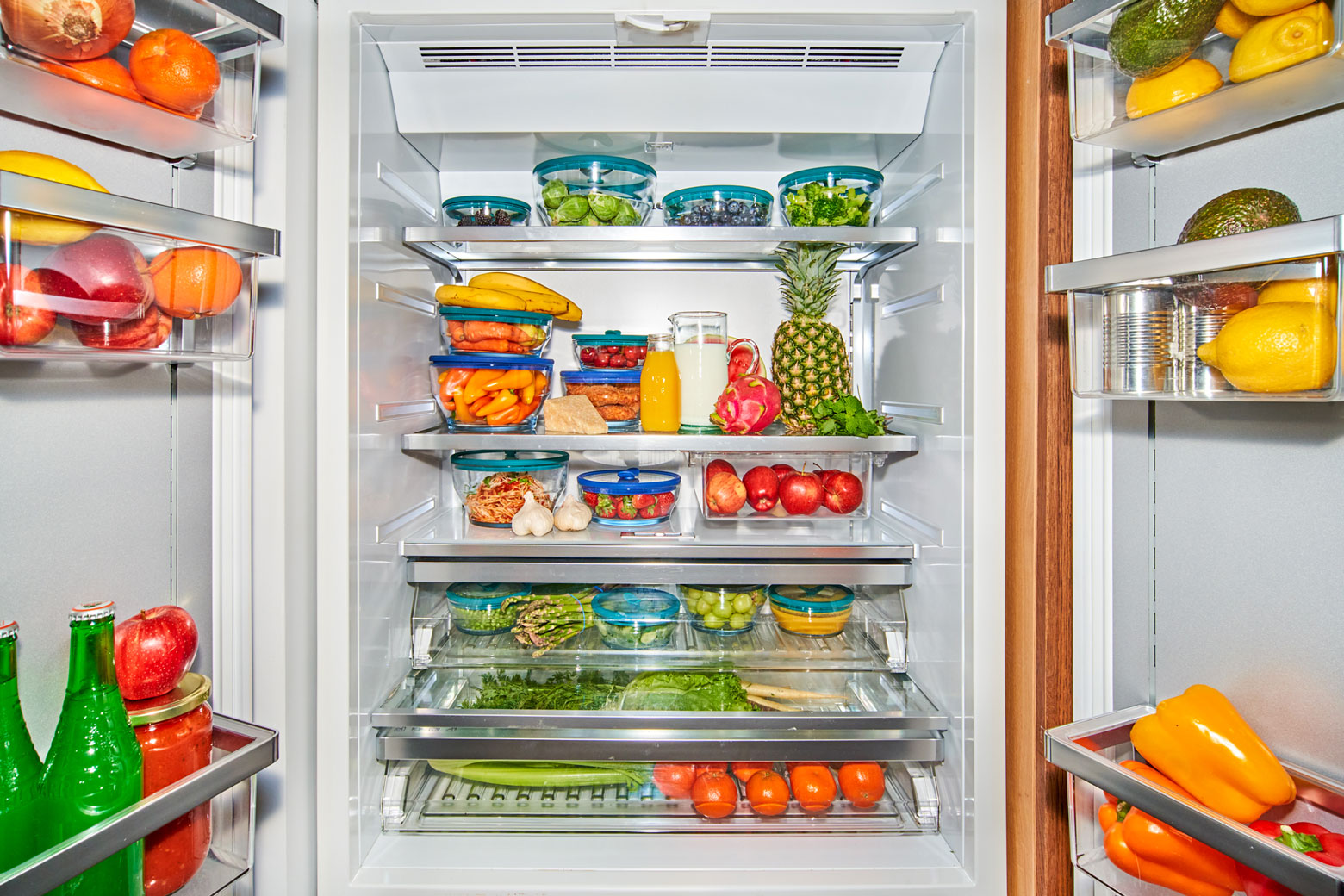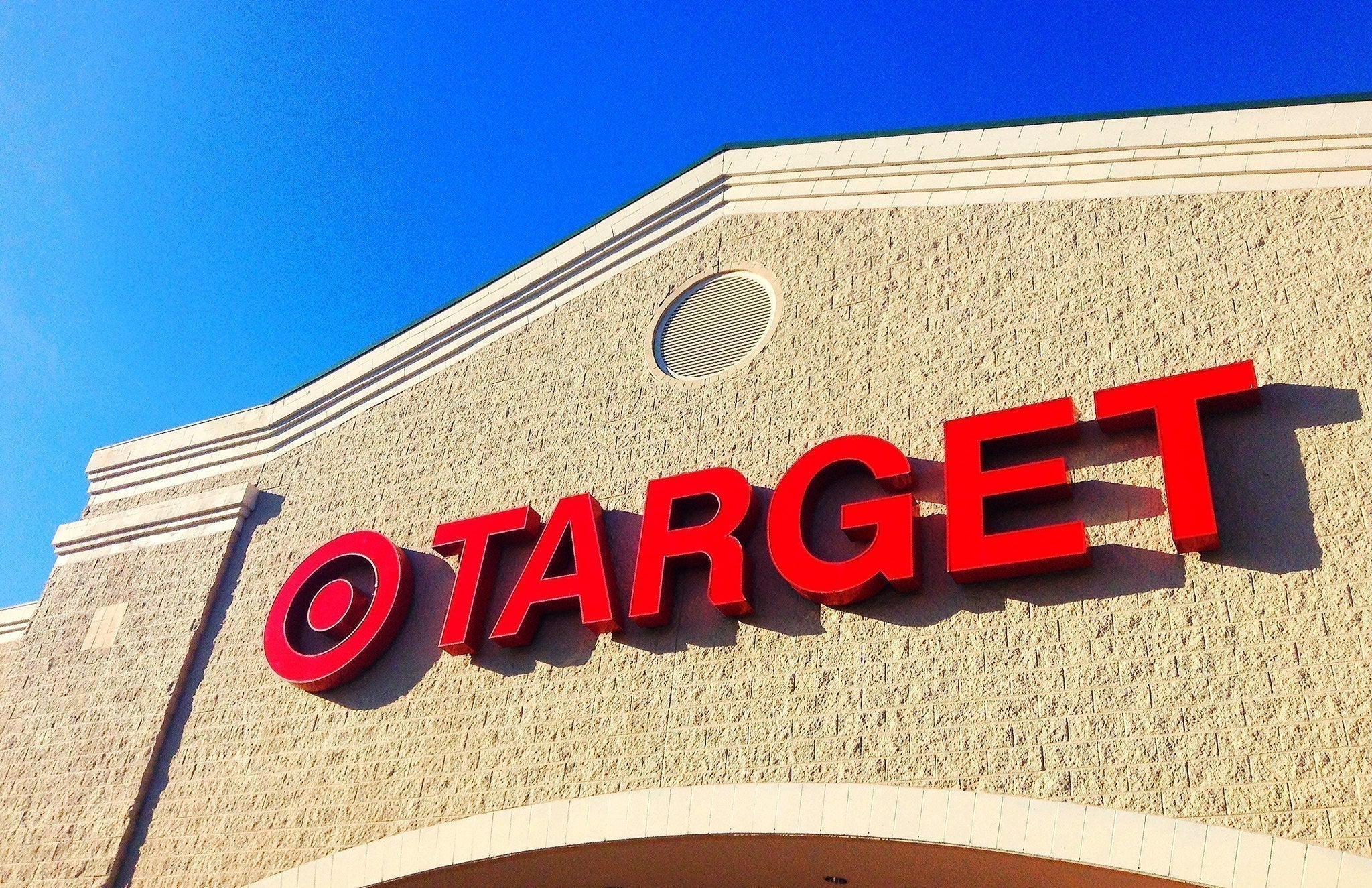Microwaves have revolutionized the way we cook, offering a speedy solution for heating up leftovers or even cooking some dishes from scratch. But it's high time we talk about the plastic containers we know all too well — and sometimes choose to use to cook in the microwave.
While it may be convenient to throw your leftovers in the microwave, container and all, cooking in plastic is not the best choice for our health or the quality of our food. In fact, microwaving plastic can be quite dangerous to you and your family’s health. With just a few simple changes, we can make our microwave meals both safer and more delicious. Let’s dive in:
Is It Safe to Microwave Plastic?
Many studies come to the conclusion that it is not safe to microwave plastic. Most recently, a Nature (2023) article, "Plastic waste releases hazardous gases", has illuminated the dangers of plastic containers. When plastics are heated to high temperatures, like in the microwave, they release toxic gases. In the kitchen, this a major red flag. These nasty chemicals can leach into the food, increasing the risks of a variety of health issues, especially when the containers are used repeatedly, like your tupperware would be.
What do researchers warn about microwaving plastic?
You know that dingy plastic container in the back of your cabinet? The one that’s seen better days? When plastic food containers start to wear out, you might notice they get bent out of shape, change color, or look cloudy. These are signs that the plastic is breaking down and tiny microplastics are at risk of contaminating our food. When you heat plastic, like in a microwave, it can crack and release tiny particles and harmful chemicals into your food.
According to an article in Wired, scientists are worried about this because these tiny particles, called microplastics and nanoplastics, can enter our body and are hard to remove. Your kidneys do a good job of removing bigger plastic particles, but the really small ones, the nanoplastics, can even get inside our cells and might be toxic. Ingesting these nano- and microplastics could lead to many health issues and can accumulate over time in our bodies, making their long-term impact even more concerning.
The Wired article also outlines how chemicals in plastics can mess with our hormones, affecting how our bodies work in a lot of ways. These particles were even found to be harmful to human kidney cells in lab tests. So, while we don't know everything yet, it's clear that having plastics break down and release particles and chemicals into our food is not good for us.
Microwaving food for babies and children in plastic
Children and babies are especially at risk when it comes to microplastics. Their bodies are still developing, making them more vulnerable to harmful chemicals that may interfere with hormonal and physical development. The American Academy of Pediatrics has cautioned against the use of plastics in children's food containers precisely because of the risk of harmful chemicals leaching into the food, particularly when these containers are heated.
Why Should You Microwave Food In Glass?
Microwaving is a genuinely safe and efficient way to cook or heat your food. The key to this safety and efficiency lies in your choice of container to use when you cook. Plastic is just not a good choice, with its warping and potentially leaching chemicals into your food. Glass is the best, safest option. It handles high heat like a pro, ensuring that your meal is cooked without any nasty extras being added in the process.
Beyond the health benefits, glass offers a variety of perks. It won't react with your food, meaning your meal will retain its original taste and texture. From an environmental standpoint, glass is both reusable and recyclable, making it a responsible choice. Plus, the transparency of glass allows you to keep an eye on your food as it cooks, minimizing the risk of any microwave mishaps.
Microwaving Food In Glass is Safe and Effective
In a nutshell, microwaving is a quick, effective, and surprisingly nutritious way to prepare meals. The catch? It's all about doing it safely. Ditch the plastic containers, which can leach nasty chemicals into your food, and make the simple switch to glass. Anyday is making it easier than ever to elevate your microwave cooking while keeping your family’s health front and center. It's a small change, but one that comes with big benefits that will last for years to come.





Share:
18 Microwave-Friendly Thanksgiving Side Dish Recipes
About the Anyday Test Kitchen